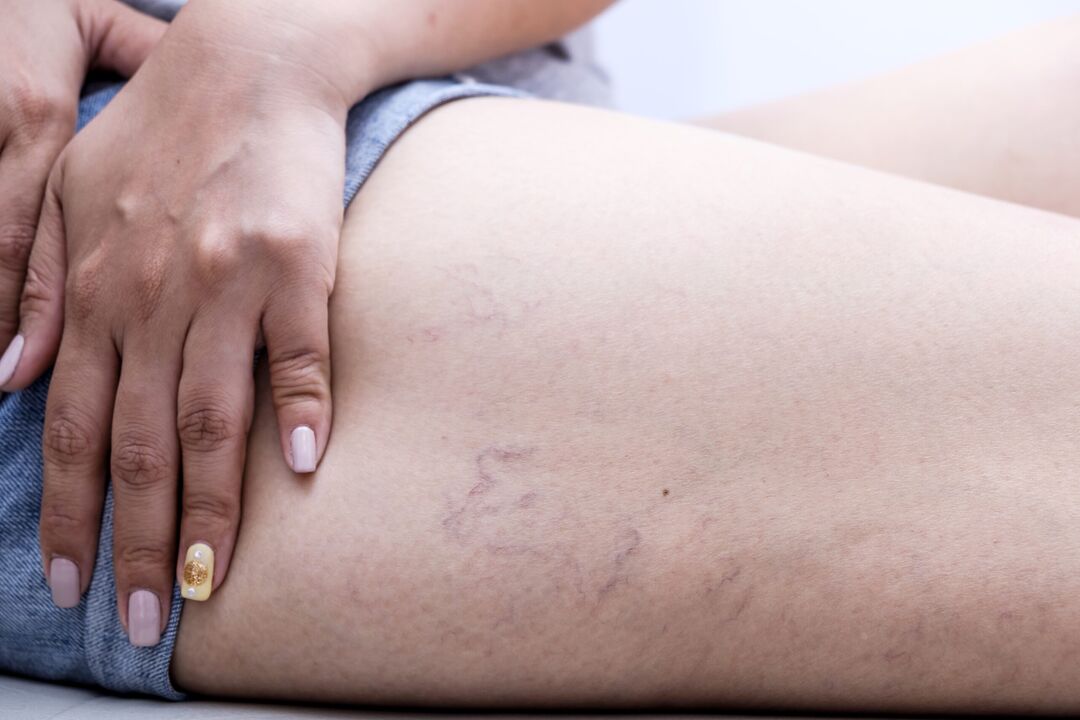
Science deals with the treatment of all vascular diseasesphlebology. Problems withvesselsit started in the person a long time ago, maybe even when he first stopped at twolegs. Excessive physical stress on the lower extremities leads tovaricose veinshefeetin women, the treatment of this disease lies inshouldersdoctors—Phlebologists. They are successfully identifiedvaricose veinsand implement complex methods of his treatment. Combined with modernoperationand minimally invasive technologies, laserphlebologyIphysiotherapytreatment of varicose veins has a positive result.
What are varicose veins?
Wordvaricose veinscomes from the Latin "varicis" and means swelling. With varicose veins, outflow is disturbedblood,withersexpand, leading to stagnation infeet. Varicose veinswithersWomen (20%) are more often affected than men (10%).
Causes of varicose veins on the legs in women
The causes of this disease are various unfavorable factors:
- heavy physical activity increasespressureVwithers;
- weakness of the vein wall;
- monotonous sitting or standing work;
- uncomfortable, tight clothing or shoes;
- excess weight;
- pregnancyorchildbirth;
- smoking;
- hereditary factors;
- injuries and tumors.
Varicose veins appearwithersdue to damage to the venous valve, which slows the outflowblood, preventing her from moving towardsthe heart. As a result, there may beisland, blood clots and, in severe cases,ulcers.
Stages of varicose veins
There are two stages of varicose veins. Primary expansionwithersit occurs in 20-40% of the population of developed countries. This is caused by insufficient powervesselswhat happens whenpregnancy, physical overload or duringobesity.
Secondary expansionwithersit usually occurs as a result of heredity, injury, or tumor. Violation of venous outflow occurs when the valve does not cope with its work, due to which the oxygen supply decreases. appeartrophic ulcers.
The first signs of varicose veins
- burning in the lower extremities;
- night cramps;
- darkening and swellingwithers;
- appearance of ulcerative formations.
Treatment of varicose veins on the legs
At the slightest suspicionvaricose veinscontact your surgeon immediatelyphlebologist.TreatIt is important to treat varicose veins in a timely manner and avoid chronic forms.
Therapythis disease requires an integrated approach. Regardless of the severity of the disease, it is very important to take: vitamins (C and E), minerals (zinc, silicon), amino acids (taurine, lysine), enzymes (pancreatin or mezyme), probiotics, always fiber and medicinal plants: wildchestnut, ginger, blueberries, cayenne pepper, hop cones, lilac leaves, kolanchoe juice.
Other treatment methods are surgical, minimally invasive devices, laser treatment andphysiotherapyit is applied after observations and recommendationsdoctor.
Prevention of varicose veins on the legs
Preventive measures will help to avoid varicose veins:
- lead a correct and healthy lifestyle and diet, move more and do sports;
- do not take too hot baths, do not visit saunas and spend less time in the sun;
- lose weight, avoid constipation;
- do not wear uncomfortable clothes and shoes;
- do not cross your legs;
- distribute the load evenly, do not stay in one position for a long time;
- move your feet and toes for 3-5 minutes in the morning and evening;
- take cold baths forlegs, walking on the dew.
Every disease can be prevented, but not every disease can be cured. Therefore, treat your body with love and be healthy!


















